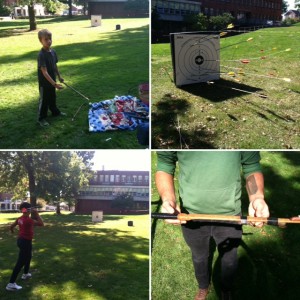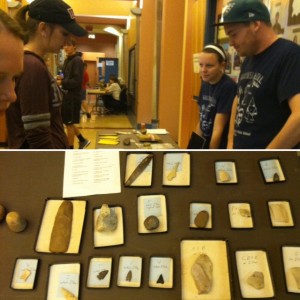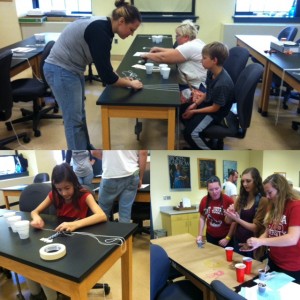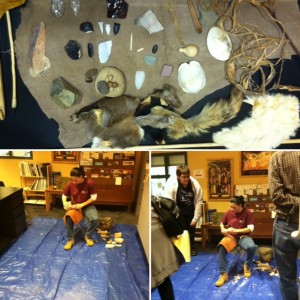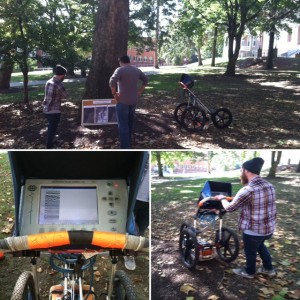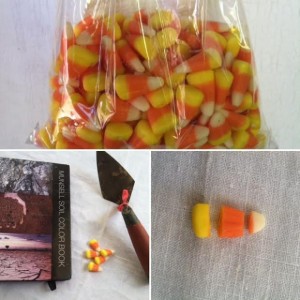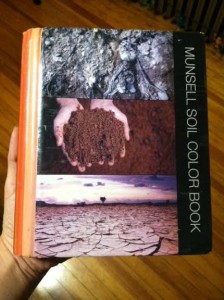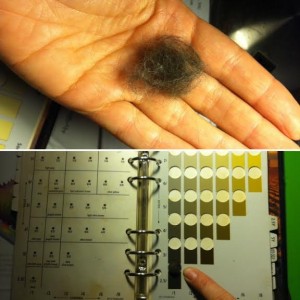By: Genevieve Everett
This past weekend I drove out to Harrisburg for the 63rd annual Pennsylvania Council for Social Studies (PCSS) conference. The conference theme this year was “Creating Global Citizens Through Issues Focused Instruction”.
Part of my public archaeology assistantship is to go to this conference to present to social studies teachers from all over the state. My contribution to the conference was a presentation on “The Crisis in Archaeological and Cultural Heritage in the Middle East”. The first question I asked my audience, “have any of you taught ar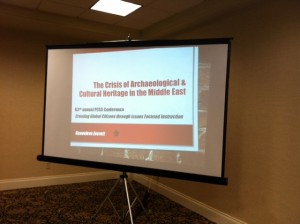 chaeology in your classrooms?” was received with side-glances and heads awkwardly turning to look at their neighbor to see if they had taught the subject. I took that as a resounding, “NO”. From there I began to discuss cultural heritage destruction, and back that up with several case studies. I began with two based in the Middle East concerning the Giant Buddha’s of Bamiyan Province in Afghanistan and Palmyra in Syria. These are two examples of religiously motivated destruction of cultural resources and heritage, but I didn’t want my audience to think that this only happens in the Middle East. I wanted to drive home that the destruction of cultural resources and heritage is a global issue. Not all destruction is religiously motivated, we also see looting and selling of antiquities on the black market in economically depressed countries, and individuals that loo
chaeology in your classrooms?” was received with side-glances and heads awkwardly turning to look at their neighbor to see if they had taught the subject. I took that as a resounding, “NO”. From there I began to discuss cultural heritage destruction, and back that up with several case studies. I began with two based in the Middle East concerning the Giant Buddha’s of Bamiyan Province in Afghanistan and Palmyra in Syria. These are two examples of religiously motivated destruction of cultural resources and heritage, but I didn’t want my audience to think that this only happens in the Middle East. I wanted to drive home that the destruction of cultural resources and heritage is a global issue. Not all destruction is religiously motivated, we also see looting and selling of antiquities on the black market in economically depressed countries, and individuals that loo
t sites for their own personal collections. I continued to explain context and its importance in archaeology. When artifacts and features are looted, broken or completely destroyed, they lose their meaning and interpretive value. I ended the discussion by talking about Sarah Parcak, the satellite archaeologist that is using satellite imagery to compare maps over time that show increased looting, especially in Egypt. Parcak hopes to use these maps to prevent further looting of sites worldwide. Did I mention she is my hero? To read more about her research follow the link below!
My main goal at this conference was to get these teachers interested (and excited) in incorporating archaeology into their curriculum by providing resources that they can use in their classroom. One such lesson plan called, “Trash Talk” has students examine modern trash the way that archaeologists look at trash pits to make inferences about the people that were using the objects, and how they were used. I even found a lesson plan pertaining to context, which I will provide a link to below. I had fantastic social studies and history teachers growing up, but I do not recall being taught archaeology at all. I hope that my presentation opened the eyes of some of these teachers, veterans and newbies to a new way of presenting the past to their students.
Links:
Sarah Parcak- National Geographic fellow and satellite archaeologist


